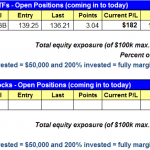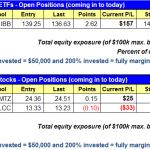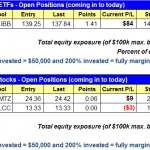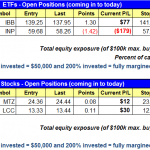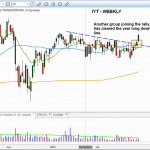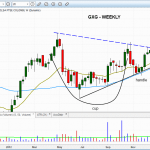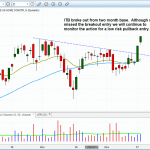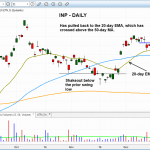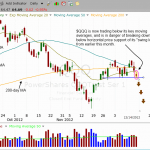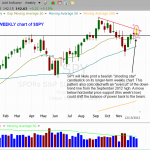The timing model is once again back in neutral territory and was in danger of generating a sell signal had the broad market averages not recovered in the afternoon and closed near the highs of the day. We have only seen two days of strong buying in the market (on Dec. 17 & 18) since the market put in a big reversal candle on Nov. 28. The lack of explosive price action in stocks and the overall absence of big leadership stocks moving to new highs are the two major issues we have with the current rally attempt. We have also seen a pick up in volatility the past two weeks. Optimal performance for our style of trading (on the long side only) is achieved when market conditions are stable, making tight stops reliable. When volatility is high, tight stops are no longer reliable and the reward to risk ratios begin to suffer.
